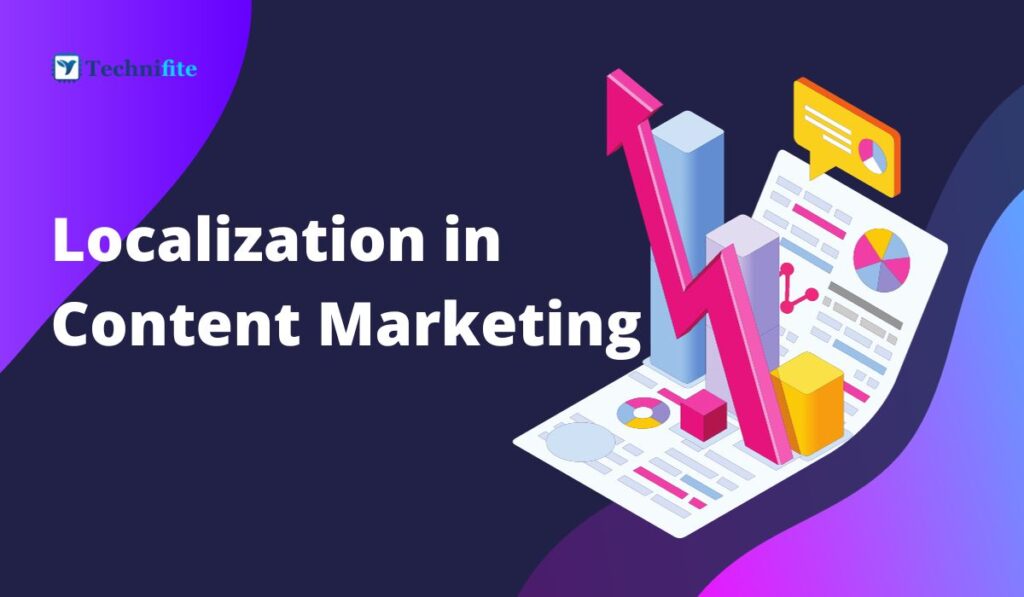Social Media Competitive Analysis: In the digital age, social media has transformed from a platform for personal connections to a powerful tool for business growth and brand expansion. With the multitude of social media platforms available, each catering to different audiences and content styles, businesses face the challenge of choosing the right platform for their marketing strategies. In this comprehensive exploration, we will conduct a comparative analysis of various social media platforms, examining their unique features, target demographics, and potential for business growth. By understanding the intricacies of each platform, businesses can make informed decisions and effectively navigate the social media landscape to foster growth and engagement.
1. Facebook: The All-Inclusive Giant
Overview: As one of the oldest and most popular social media platforms, Facebook boasts a vast user base comprising people of all ages. It offers diverse features, including profiles, pages, groups, and a robust advertising system.
Target Demographics: Facebook is widely used by individuals ranging from teenagers to seniors. It is a suitable platform for businesses targeting a broad audience.
Business Advantages
- Wide Reach: With over 2.8 billion monthly active users, Facebook provides unparalleled reach for businesses.
- Targeted Advertising: Facebook Ads allow businesses to target specific demographics, interests, and behaviours, ensuring their content reaches the right audience.
- Community Building: Groups and pages enable businesses to create communities around their brand, fostering engagement and customer loyalty.
2. Instagram: Visual Storytelling at Its Best
Overview: Instagram is a visual-centric platform focused on photo and video sharing. It offers features like Stories, Reels, and IGTV, enhancing user engagement through multimedia content.
Target Demographics: Instagram is particularly popular among younger audiences, with a significant user base in the age group of 18 to 34 years.
Business Advantages
- Visual Appeal: Businesses can creatively showcase their products or services through images and videos, leveraging the platform’s visually appealing nature.
- Influencer Marketing: Instagram influencers can help businesses reach their target audience authentically, enhancing brand credibility.
- Engagement Features: Interactive features like polls, questions, and quizzes in Stories encourage user participation and feedback.
3. Twitter: Real-Time Conversations and Trendspotting
Overview: Twitter is a microblogging platform that allows users to post tweets limited to 280 characters. It emphasizes real-time updates, making it ideal for quick conversations and trend discussions.
Target Demographics: Twitter is popular among professionals, journalists, and individuals interested in real-time news and discussions.
Business Advantages
- Instant Updates: Businesses can share timely updates, industry news, and promotions, informing their audience in real-time.
- Engagement with Audience: Twitter enables direct customer interactions, fostering a sense of community and building brand trust.
- Trend Participation: Businesses can increase their visibility and attract a wider audience by participating in trending topics.
4. LinkedIn: Networking and B2B Opportunities
Overview: LinkedIn is a professional networking platform for businesses, professionals, and job seekers. It emphasizes professional connections, job postings, and industry-specific content.
Target Demographics: LinkedIn caters to professionals, businesses, and individuals seeking career opportunities. It is especially valuable for B2B (business-to-business) marketing.
Business Advantages
- Professional Networking: Businesses can establish connections with other professionals, potential clients, and industry leaders, facilitating B2B partnerships.
- Thought Leadership: Posting industry insights, articles, and whitepapers can position businesses as thought leaders in their respective fields.
- Recruitment: LinkedIn serves as a platform for recruiting talent, allowing businesses to find suitable candidates for job openings.
5. TikTok: Short-Form Videos and Viral Marketing
Overview: TikTok is a platform centred around short-form video content, often characterized by creative challenges, dances, and trends. It emphasizes user-generated content and encourages viral marketing campaigns.
Target Demographics: TikTok is immensely popular among younger audiences, particularly those in the age group of 16 to 24 years.
Business Advantages
- Viral Potential: TikTok’s algorithm promotes content based on engagement, making it easier for businesses to go viral and reach a massive audience.
- Creativity and Authenticity: Businesses can showcase their products or services through creative and authentic short videos, capturing the attention of the younger demographic.
- Innovative Marketing: TikTok challenges and trends allow businesses to participate in viral marketing campaigns, increasing brand visibility.
Comparative Analysis: Choosing the Right Platform
1. Audience Demographics
- If your target audience is broad and diverse, Facebook offers a wide age range and demographic diversity.
- For younger audiences, Instagram and TikTok are highly engaging platforms with a youthful user base.
- LinkedIn is the platform for professionals, businesses, and B2B interactions.
- For real-time discussions and news updates, Twitter is ideal.
2. Content Style
- Instagram and TikTok are perfect for images and short videos if your content is visual.
- For concise and quick updates, Twitter is effective with its character limit.
- For professional articles and industry insights, LinkedIn is the go-to platform.
3. Engagement and Interaction
- Facebook Groups and Pages, Instagram Stories, and LinkedIn Posts are excellent for building communities and fostering engagement.
- For direct, real-time interactions, Twitter is highly responsive.
- For viral marketing and user-generated content, TikTok is unparalleled.
4. Virality and Trend Participation
- For going viral and participating in trending challenges, TikTok offers immense opportunities.
- For real-time trendspotting and participation, Twitter is highly effective.
Conclusion
In the vast social media landscape, each platform offers unique advantages. The key to successful social media marketing lies in understanding your target audience, aligning your content with the platform’s strengths, and actively engaging with your community. A nuanced approach combining multiple platforms’ strengths can amplify your online presence and foster business growth.
Businesses need not limit themselves to a single platform; instead, they can harness the power of multiple platforms in synergy. For instance, a business can use Facebook for community building, Instagram for visually appealing content, Twitter for real-time updates, LinkedIn for professional networking, and TikTok for viral marketing campaigns. By diversifying their social media presence, businesses can cast a wider net, reaching different audience segments and maximizing their impact.
Staying adaptable and informed about emerging trends is essential in this dynamic digital landscape. Regularly analyzing your social media metrics, experimenting with various content formats, and actively engaging with your audience will position your business for sustainable growth. By strategically navigating the social media landscape, businesses can cultivate a thriving online community, enhance brand visibility, and ultimately drive business success in the digital age.
Frequently Asked Questions (FAQs)
How Do I Choose the Right Social Media Platform for My Business?
Choosing the right social media platform depends on your target audience and content style. If you have a broad audience, platforms like Facebook might be suitable, while younger audiences are often found on Instagram and TikTok. For professional networking, LinkedIn is ideal, and for real-time updates, Twitter is effective. Consider your audience demographics, content type, and engagement goals to make an informed choice.
Can I Use Multiple Social Media Platforms for My Business?
Multiple platforms can broaden your reach and engage diverse audience segments. Many businesses effectively utilize a combination of platforms such as Facebook, Instagram, Twitter, LinkedIn, and TikTok. Tailor your content to each platform’s strengths and ensure consistency in branding across all channels.
How Do I Measure the Effectiveness of My Social Media Marketing Strategy?
Measuring the effectiveness of your social media strategy involves analyzing various metrics such as engagement rates, website traffic, conversion rates, and customer feedback. Use platform-specific analytics tools, Google Analytics, and customer surveys. Regularly monitor these metrics to assess the impact of your campaigns and make data-driven adjustments.
What Is the Role of Influencer Marketing in Social Media Platforms?
Influencer marketing involves collaborating with individuals with significant followings and credibility in specific niches. Influencers can promote your products or services authentically, reaching their audience effectively. This strategy enhances brand trust, increases visibility, and can drive conversions. Choose influencers whose audience aligns with your target market for the best results.
How Can I Keep Up with the Evolving Trends in Social Media Marketing?
Staying updated with social media marketing trends requires continuous learning and adaptation. Follow industry blogs, attend webinars, and participate in online forums and social media groups related to digital marketing. Additionally, monitor social media platform updates, algorithm changes, and emerging content formats. Awareness of trends allows you to innovate your strategies and stay ahead in the competitive digital landscape.


